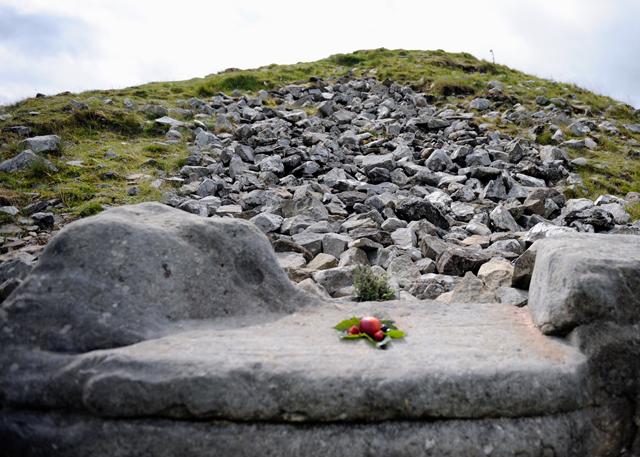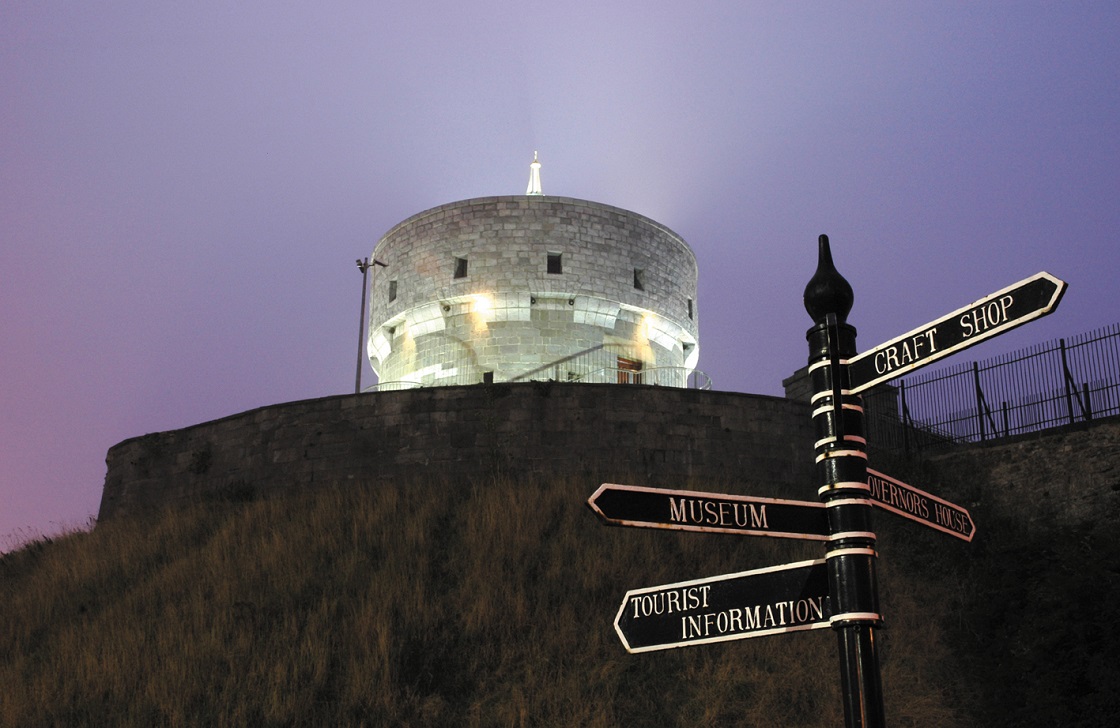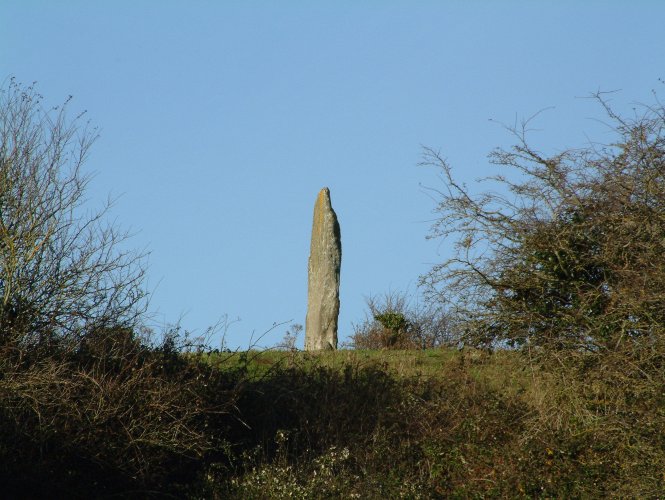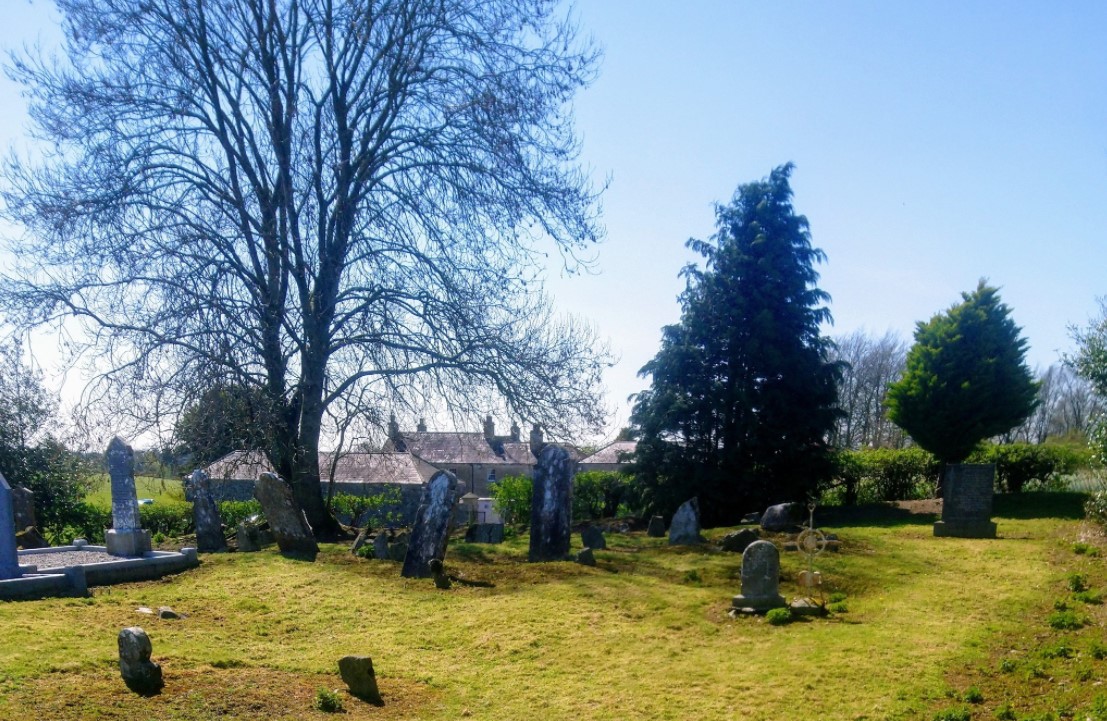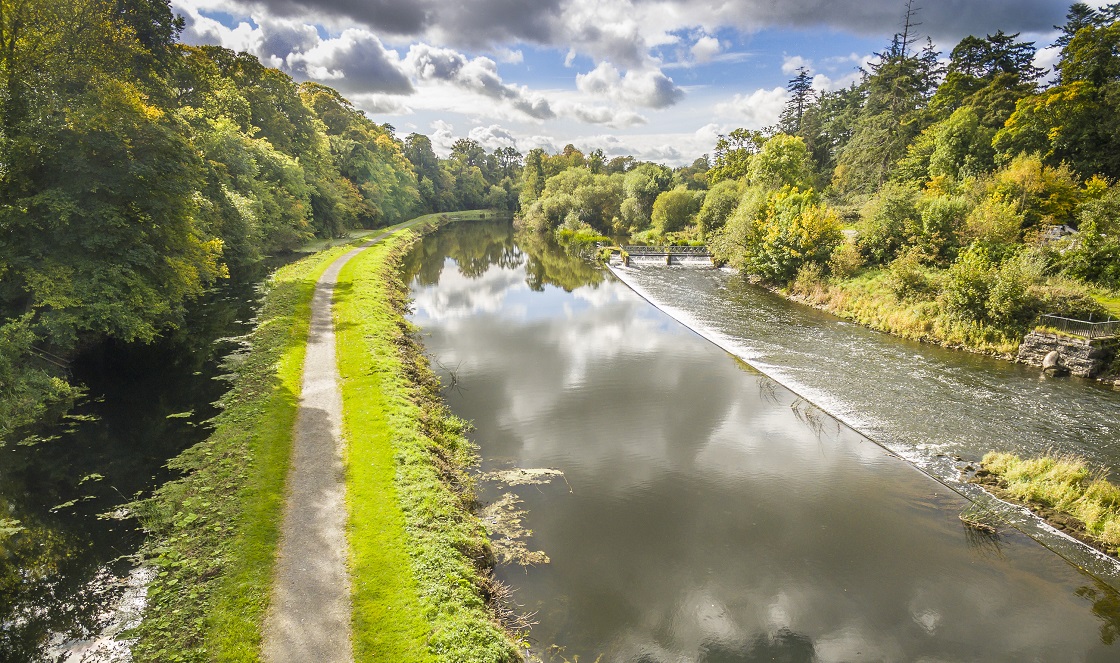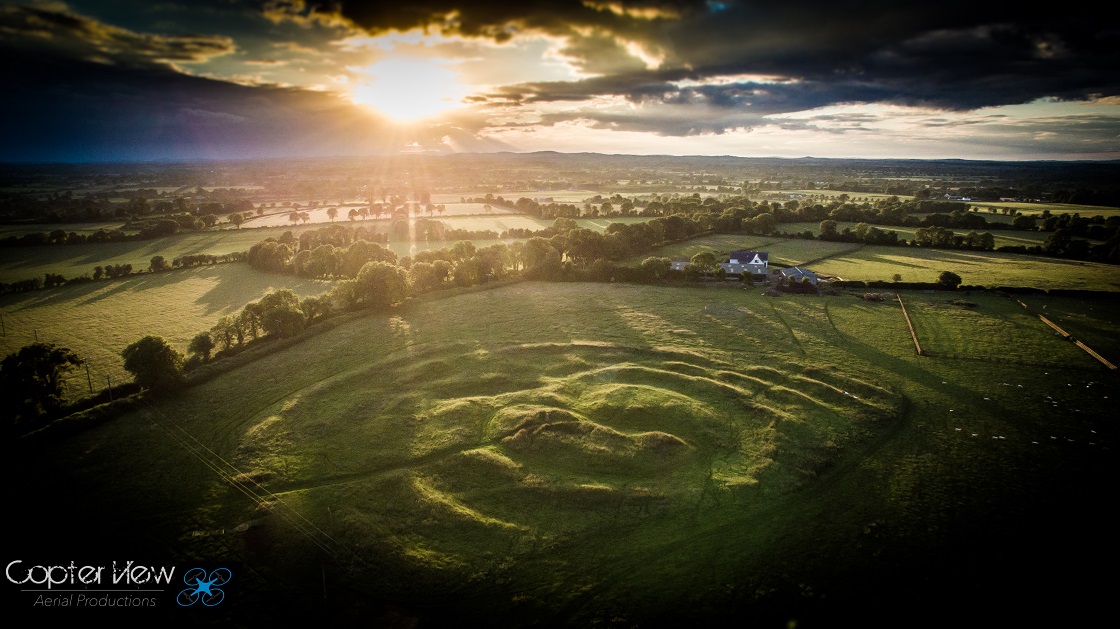Kildemock's Jumping Church
Kildemock Church, one of the Boyne Valley`s most puzzling mysteries can be found just outside Ardee in Co. Louth. The picturesque ruins are set against the backdrop of Carlingford and the Mourne Mountains. The history of the church dates back to the 12th century but it wasn`t until 1715 that this sacred place became shrouded in mystery.
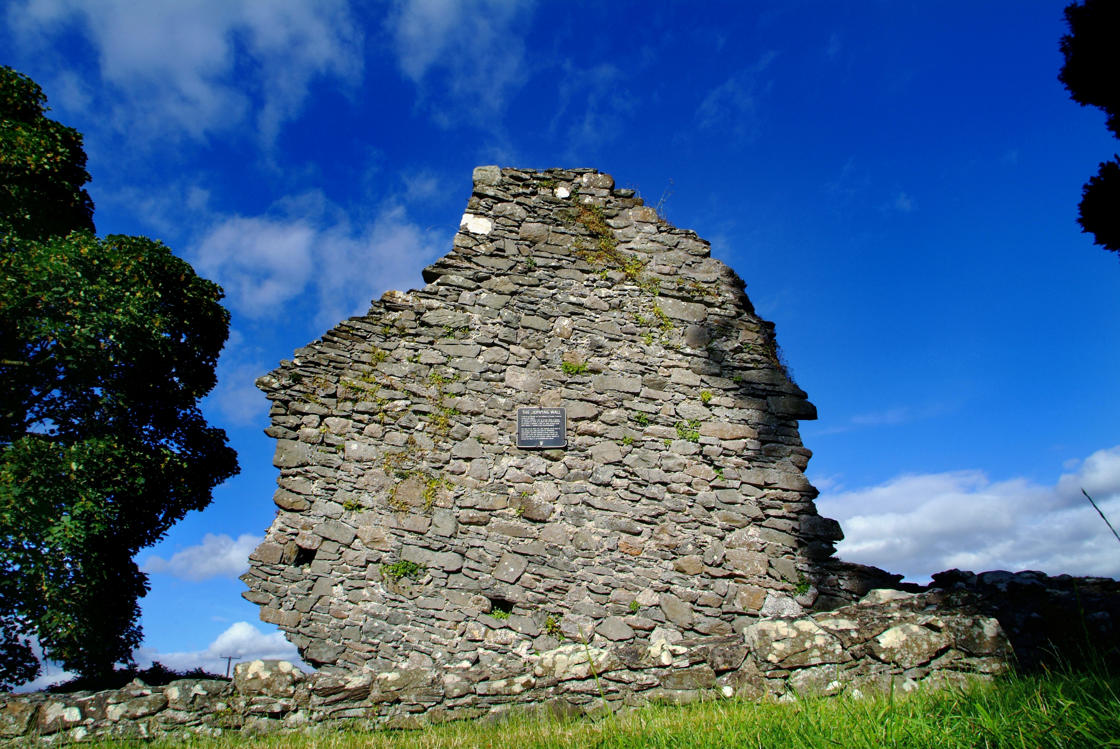
Kildemock Church,
Ardee,
Millockstown,
Co. Louth


